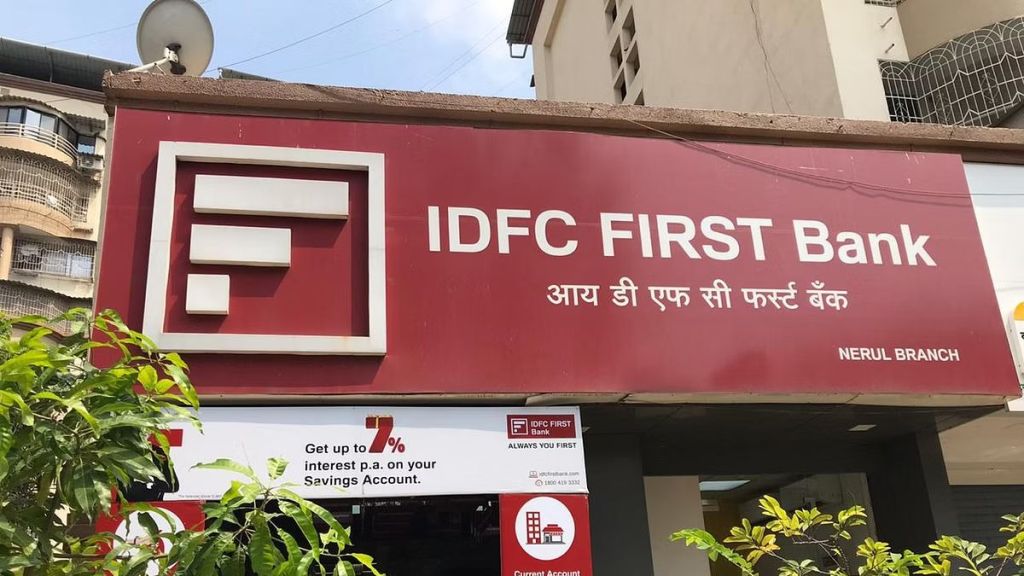“Technology does not differentiate between the rich and poor and this will help the financial sector tap the bottom of the pyramid,” said V Vaidyanathan, MD, IDFC First Bank, at the Global Fintech Summit on Thursday.
Explaining the advantage of using technology in financial services through examples, he said that the bank has provided loans to the small businesses and families and the non-performing assets were less than 2%.
While the needs of the affluent and the poor are same, the latter pay the highest unit cost per product category. Financial services did not reach the poor for decades because bank employees did not have the time or the wherewithal to physically service them.
The major bottlenecks included overcrowded branches, low technology and staff over-burdened by manual processes since lending requires banks to reach customers, assess their needs, underwrite and collect as well. As a result, consumer credit or personal credit to Gross Domestic Product has been languishing at 19%. In most countries, this is as higher than 50%.
However, technology has made things simpler because unlike services delivered in physical form, technology does not differentiate between the rich and the poor.
New age technologies like ATM, UPI, Aadhaar-based payment, Fasttag and others have been enablers and biometric KYC – eKYC, cKYC, Aadhaar OTP based KYC is helping credit reach to people who were not served earlier.
Based on simulations, he said credit flows to retail, agri and MSME’s could grow upto $15 trillion in the next two decades.
He gave the example of a small business with good cashflows. For example, a person who is buying a cow for Rs 40,000 to sell milk earns Rs 720 a day. This translates into 21,600 a month and even after spending Rs 5,000-6,000 for fodder, he earns around 15,000 a month per cow,” he said.
However, banks in the past were unable to lend to him because there was no access to his financial details. But now, technology has enabled banks to provide him with credit. And someone who is earning 15,000 a month can easily repay a loan of Rs 40,000 in less than a year.
He also highlighted new areas like WASH loans (Water, Sanitation and Hygiene Loans) where IDFC First has given more than 270,000 loans and the collection rate is as high as 99.7%.
- Home loans, autoloans, education loans, gold loans, credit cards and all such personal credit in India = Rs. 55 trillion
- India GDP = Rs 272 trillion
- Personal credit in India is 19% of GDP

